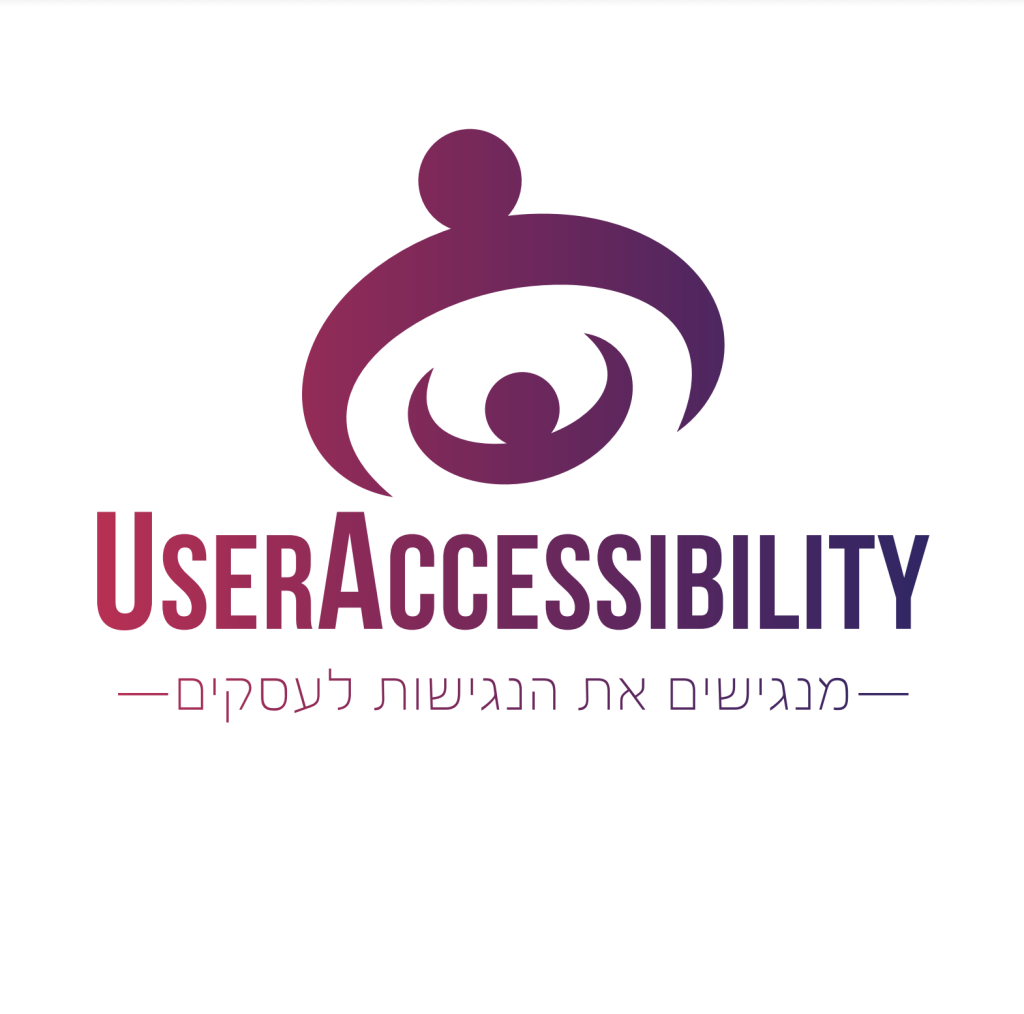One of the crucial concerns of our clients is to secure protection/immunity from legal complaints for insufficient or deficient accessibility at their websites. Those who approach us for digital accessibility services are, quite rightly, expecting to be sure that the service they pay for will spare them from complaints and lawsuits in the field.
This is the place to make order, once and for all, regarding this fear and to explain in clear and unambiguous language what should be feared and what shouldn’t, and most importantly – what should be done to get rid of that threat once and for all.
Our goal is not to help our clients deal with lawsuits. Our goal is to make sure they don’t get sued in the first place.
How do we do this? Through a service package at complementary levels: 1) We provide the website, thoroughly and professionally, with the accessibility adjustments required by the law; 2) We equip the website with an appropriate accessibility statement; 3) We provide the website with ongoing maintenance service via our advanced monitoring and control systems for spotting and correcting possible accessibility gaps; and 4) We provide adequate and immediate technical backup and support in case of any complaint regarding accessibility at the website. Simple, direct and practical.
The fact of the matter is that if you took care to furnish your website with accessibility adjustments by a qualified, reliable service provider and made sure that a proper accessibility statement appears on the website, the chances for you being sued are infinitesimal. That is a fact that most of the players in the field try to downplay, since “lawsuit protection” is a great slogan and an excellent leverage for collecting additional payments from the client.
In practice, if your website has been made accessible, no one can sue you on the mere grounds of accessibility flaws without prior warning. What the law allows a person with a disability who encounters an accessibility problem on a certain website, is to contact the website with the details of the problem and demand its repair, in which case the website will have a period of 60 days to examine the complaint and, if it is found to rest on solid grounds, fix it. Only upon expiration of the period without proper response, does the right to go on and pursue a legal remedy becomes effective.
At the same time, the law requires the website to display on the website an accessibility statement with information regarding the website’s accessibility, the physical accessibility arrangements at the business itself (the shop/office/clinic/studio, etc.), and the contact for inquiries on accessibility issues (or the accessibility coordinator appointed for this purpose). However, and here is the “catch” of the matter, unlike the case of supposed accessibility gaps at the website, in case there is no accessibility statement in the website or where the statement isn’t complete, the law (or rather a possible interpretation of the relevant legal provisions) does not require a prior notice before filing a lawsuit, and that “omission” in the law is, most unfortunately, commonly exploited by serial plaintiffs, who, far from caring or catering for the rights of people with disabilities, aim solely at the financial sanction.
Past experience shows that the vast majority of lawsuits in the field have been filed where an accessibility statement was altogether absent or where prior notifications of accessibility gaps were ignored. In other words, whoever took care to provide his/her website with proper accessibility adjustments and a proper accessibility statement was plainly not sued!
Moreover, experience shows that the driving force behind many digital accessibility lawsuits are not people with disabilities, but lawyers who scan the web in search of websites without a proper accessibility statement and/or no accessibility adjustments and sue them without prior notice, with the specific aim of extorting a payment against the removal of the claim.
We do not assert that accessible websites are error-free or immune to complaints. On the contrary, website accessibility is a dynamic technological field, and exactly like in any other field, malfunctions occur. But there is a huge distance between that and a situation where one finds oneself having to confront a lawsuit, and responsible conduct on the part of the website owner may exclude the latter scenario altogether. Our service package allows the client to do just that and therefore sleep peacefully.



